Home>Ideas and Tips>Indoor Dieffenbachia Propagation and Dumb Cane Plant Care
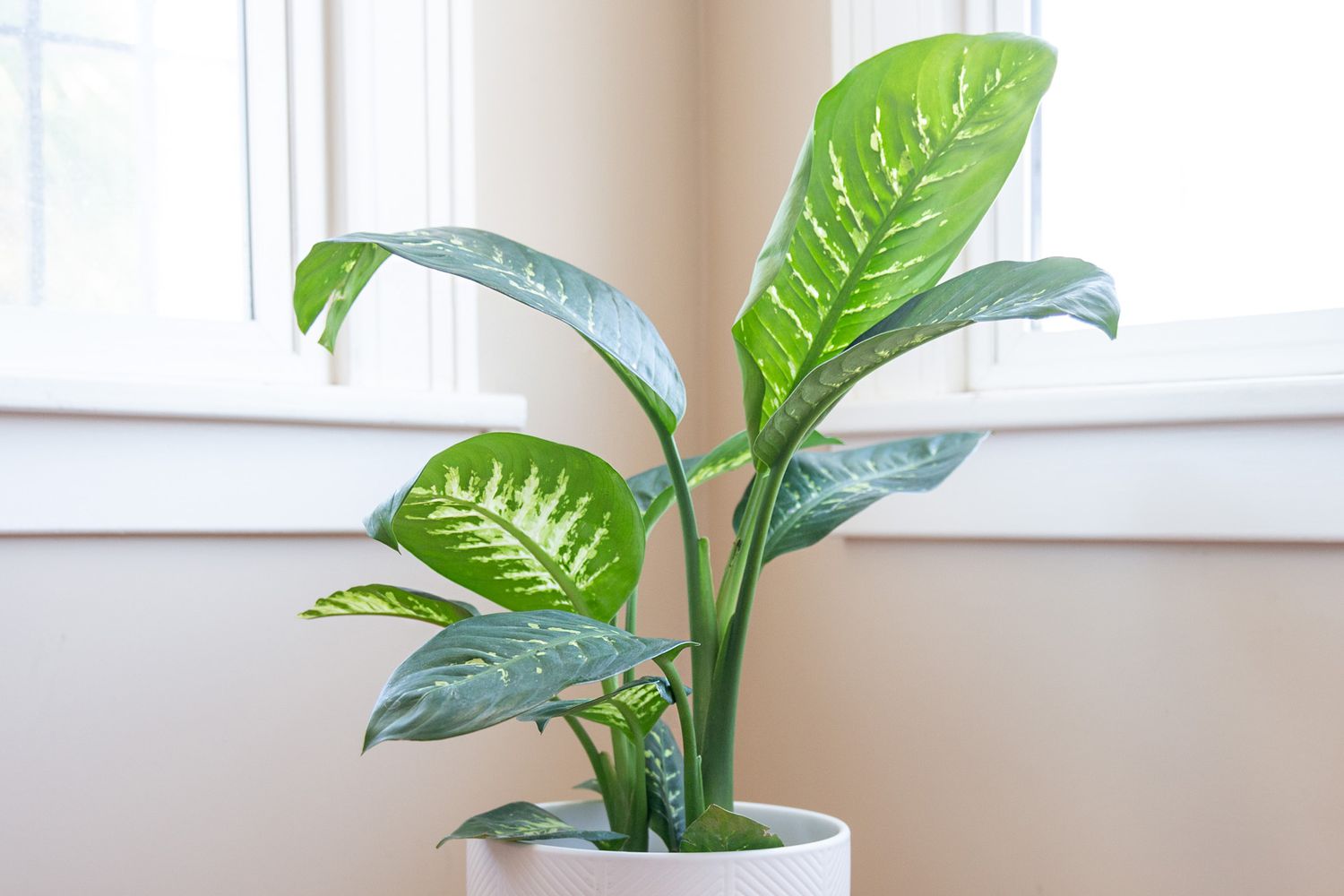

Ideas and Tips
Indoor Dieffenbachia Propagation and Dumb Cane Plant Care
Published: September 4, 2024
Learn how to propagate and care for Dieffenbachia indoors. Follow our guide for thriving dumb cane plants with vibrant foliage.
(Many of the links in this article redirect to a specific reviewed product. Your purchase of these products through affiliate links helps to generate commission for Storables.com, at no extra cost. Learn more)
Indoor Dieffenbachia Propagation and Dumb Cane Plant Care
Dieffenbachia, commonly known as the dumb cane plant, is a popular and versatile houseplant known for its striking foliage and relatively low maintenance requirements. This article will delve into the process of propagating Dieffenbachia indoors, as well as provide comprehensive care guidelines to ensure your plant thrives.
History and Characteristics of Dieffenbachia
Dieffenbachia is a genus of tropical perennials native to Central and South America. The name "dumb cane" is derived from the plant's toxic properties, which can cause temporary speech impediment if ingested or if the sap comes into contact with the skin and mucous membranes. Despite its toxicity, Dieffenbachia is a highly adaptable and attractive plant, often grown for its vibrant green, cream, and white leaves that can grow up to 20 inches in length.
Propagation Methods
Propagating Dieffenbachia is surprisingly easy and can be done through several methods. Here are the three primary methods:
1. Stem Cuttings
One of the most common methods of propagating Dieffenbachia is through stem cuttings. This method involves cutting a section of the stem from the mother plant and rooting it in soil. Here’s how you can do it:
- Preparation: Wear gardening gloves to protect yourself from the plant’s toxic sap. Choose a stem section with at least one node (the joint where a leaf meets the stem), as these nodes are where new roots and leaves will grow.
- Cutting: Cut the stem section about 1-2 inches below a node using a sharp knife or pruning shears. Make sure the cut is clean and at a 45-degree angle to prevent water from collecting on the cut end.
- Rooting: Place the cut end of the stem into a pot filled with well-draining potting soil. Water thoroughly and ensure the soil is moist but not waterlogged.
- Care: Keep the soil consistently moist but not soggy. Provide bright, indirect sunlight and maintain a temperature between 18-29°C (64-84°F). Roots should develop within a few weeks, and new leaves will start to grow.
2. Leaf Cuttings
Another method of propagation is using leaf cuttings. This method is less common but still effective:
- Preparation: Choose a healthy leaf with a long petiole (stem). Wear gloves to protect yourself from the sap.
- Cutting: Cut the petiole about 1 inch from the base of the leaf.
- Rooting: Place the cut end of the petiole into a pot filled with well-draining potting soil. Water thoroughly and ensure the soil is moist but not waterlogged.
- Care: Keep the soil consistently moist but not soggy. Provide bright, indirect sunlight and maintain a temperature between 18-29°C (64-84°F). Roots should develop within a few weeks, and new leaves will start to grow.
3. Division
Division is another effective method for propagating Dieffenbachia, especially when the plant has outgrown its pot:
- Preparation: Wear gloves to protect yourself from the sap.
- Division: Carefully remove the plant from its pot and gently separate the roots. Each section should have at least one node.
- Re-potting: Re-pot each section into a new pot filled with well-draining potting soil. Water thoroughly and ensure the soil is moist but not waterlogged.
- Care: Keep the soil consistently moist but not soggy. Provide bright, indirect sunlight and maintain a temperature between 18-29°C (64-84°F). Roots should develop within a few weeks, and new leaves will start to grow.
Care Guidelines
Once you have successfully propagated your Dieffenbachia, it’s essential to provide proper care to ensure it thrives:
Lighting
Dieffenbachia prefers bright, indirect sunlight but can tolerate partial shade. Direct sunlight can cause the leaves to become scorched, so it’s best to place the plant near an east- or west-facing window. If you live in a region with pronounced seasonality, you can move the plant outside during the summer months but ensure it’s protected from direct sunlight and strong winds.
Watering
Overwatering is a common problem with Dieffenbachia. The plant prefers well-draining potting soil and should be watered when the top 2 inches of soil feel dry to the touch. Avoid getting water on the leaves to prevent fungal diseases. Water thoroughly until water drains through the bottom of the pot, then let it dry slightly before watering again.
Temperature
Dieffenbachia thrives in temperatures between 18-29°C (64-84°F). Avoid placing the plant near heating elements or open windows/doors as sudden temperature changes can cause stress and damage.
Humidity
Dieffenbachia prefers a humid environment with optimal humidity levels between 60-70%. You can increase humidity around the plant by misting it regularly, placing a humidifier near it, or placing it on a tray filled with pebbles and water.
Soil
Use a fast-draining, well-aerated potting mix that is slightly acidic with a pH between 6.0-6.5. A mix of peat moss, perlite, and vermiculite is ideal. Avoid compact soil that doesn’t drain well to prevent root rot.
Fertilization
Fertilize your Dieffenbachia during the growing season (spring and summer) with a balanced houseplant fertilizer. Dilute the fertilizer to half the recommended strength to avoid burning the roots. Fertilize once a month for optimal growth.
Repotting
Dieffenbachia may need to be repotted periodically to provide fresh soil and room for growth. Repot every 2 years or when you notice that the roots have filled the pot and are growing through the drainage holes. Use a slightly larger pot with fresh well-draining potting mix.
Common Problems
Dieffenbachia is generally a low-maintenance plant, but it can be susceptible to certain problems:
Yellowing Leaves
Yellowing leaves are often a sign of overwatering. Check the soil moisture by sticking your finger into the soil up to the first knuckle. If it feels wet, wait a few days before watering again. Underwatering can also cause yellowing leaves, so ensure you’re not neglecting your plant.
Brown Edges
Brown edges on the leaves can indicate low humidity levels. Increase humidity around the plant by misting it regularly or placing it on a tray filled with pebbles and water.
Pests
Common pests like mealybugs and aphids can destroy your plant. Check for pests regularly by inspecting the leaves and stems. Use a damp cloth to clean the leaves and wipe them with rubbing alcohol to eliminate these pests.
Pruning
Pruning is essential for maintaining the shape and health of your Dieffenbachia. Here’s how to prune your plant:
- Preparation: Wear gardening gloves to protect yourself from the sap.
- Cutting: Cut the stem at a 45-degree angle about six inches above the ground. Never cut off more than one-third of a plant’s leaves; this could cause damage to your dumb cane plant.
- Aftercare: Give your plant plenty of water after pruning but avoid overwatering. This will support its recovery and prevent decay.
Conclusion
Dieffenbachia is an excellent choice for indoor gardening due to its ease of care and adaptability. With proper propagation techniques and comprehensive care guidelines, you can enjoy this beautiful plant in your home or office. Remember to handle the plant with care, as its toxic sap can cause irritation. By following these steps, you’ll be able to grow healthy, thriving Dieffenbachia plants that will bring life and beauty to any space.
Additional Tips
- Propagation Timing: The best time to propagate Dieffenbachia is during the spring and summer months when the plant is actively growing. This ensures that the new cuttings have the best chance of rooting successfully.
- Node Importance: Nodes are crucial for propagation as they contain meristematic tissue that can develop into new roots and leaves. Ensure that each cutting has at least one node for successful rooting.
- Soil pH: Dieffenbachia prefers slightly acidic soil with a pH between 6.0-6.5. Avoid using alkaline soils as they can cause nutrient deficiencies and affect plant growth.
- Pest Control: Regularly inspect your plant for pests like mealybugs and aphids. Use organic pest control methods whenever possible to avoid harming the environment.
By following these guidelines and tips, you’ll be well on your way to becoming a successful Dieffenbachia grower, enjoying the beauty and benefits of this versatile houseplant.
Was this page helpful?
At Storables.com, we guarantee accurate and reliable information. Our content, validated by Expert Board Contributors, is crafted following stringent Editorial Policies. We're committed to providing you with well-researched, expert-backed insights for all your informational needs.
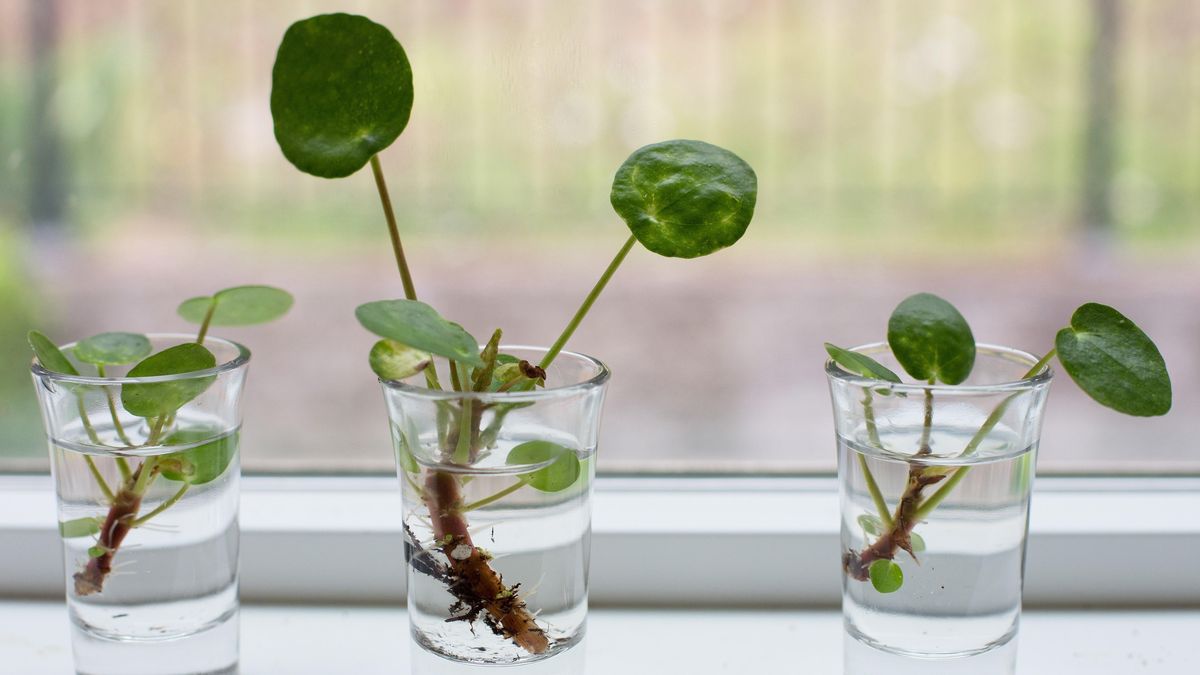
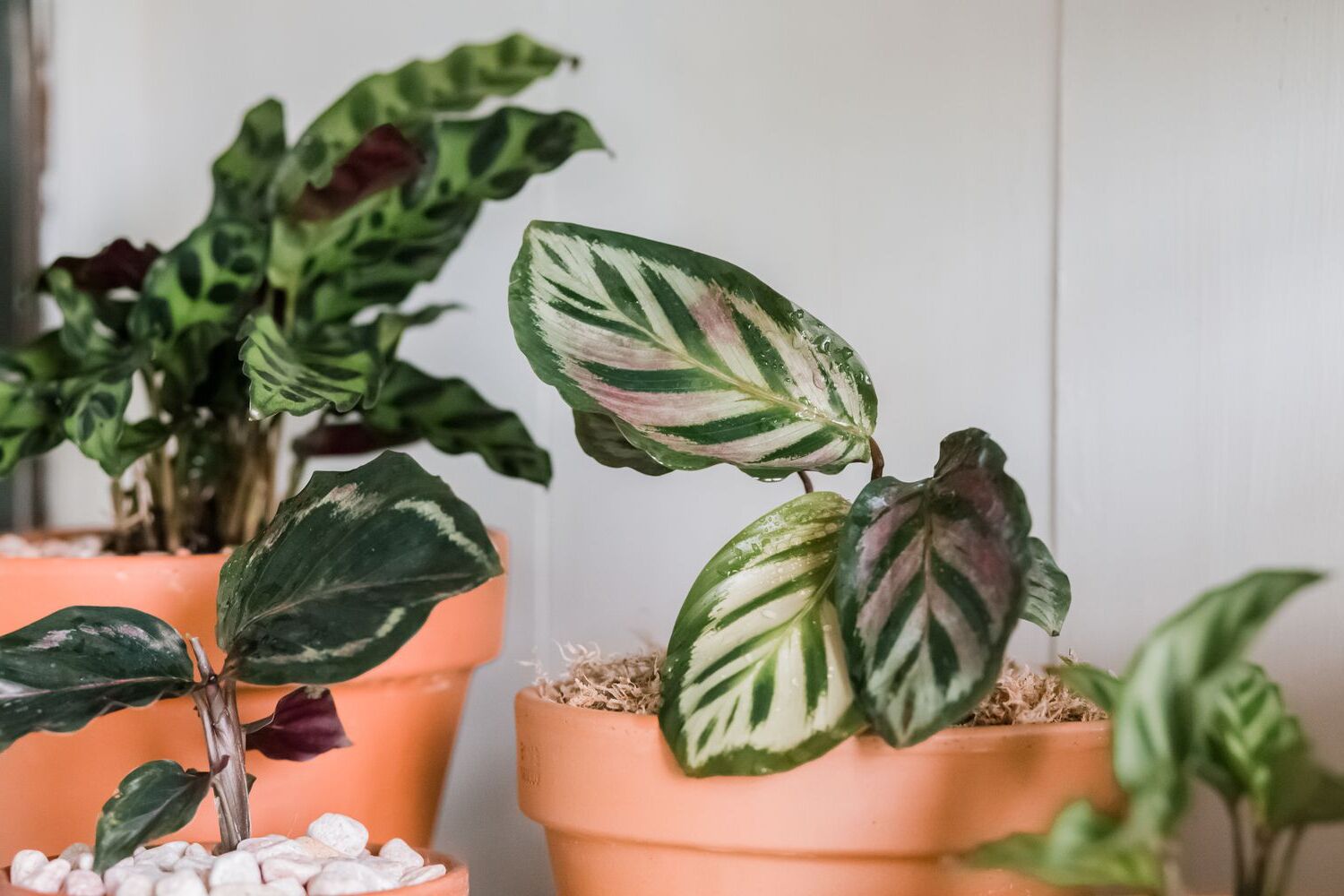
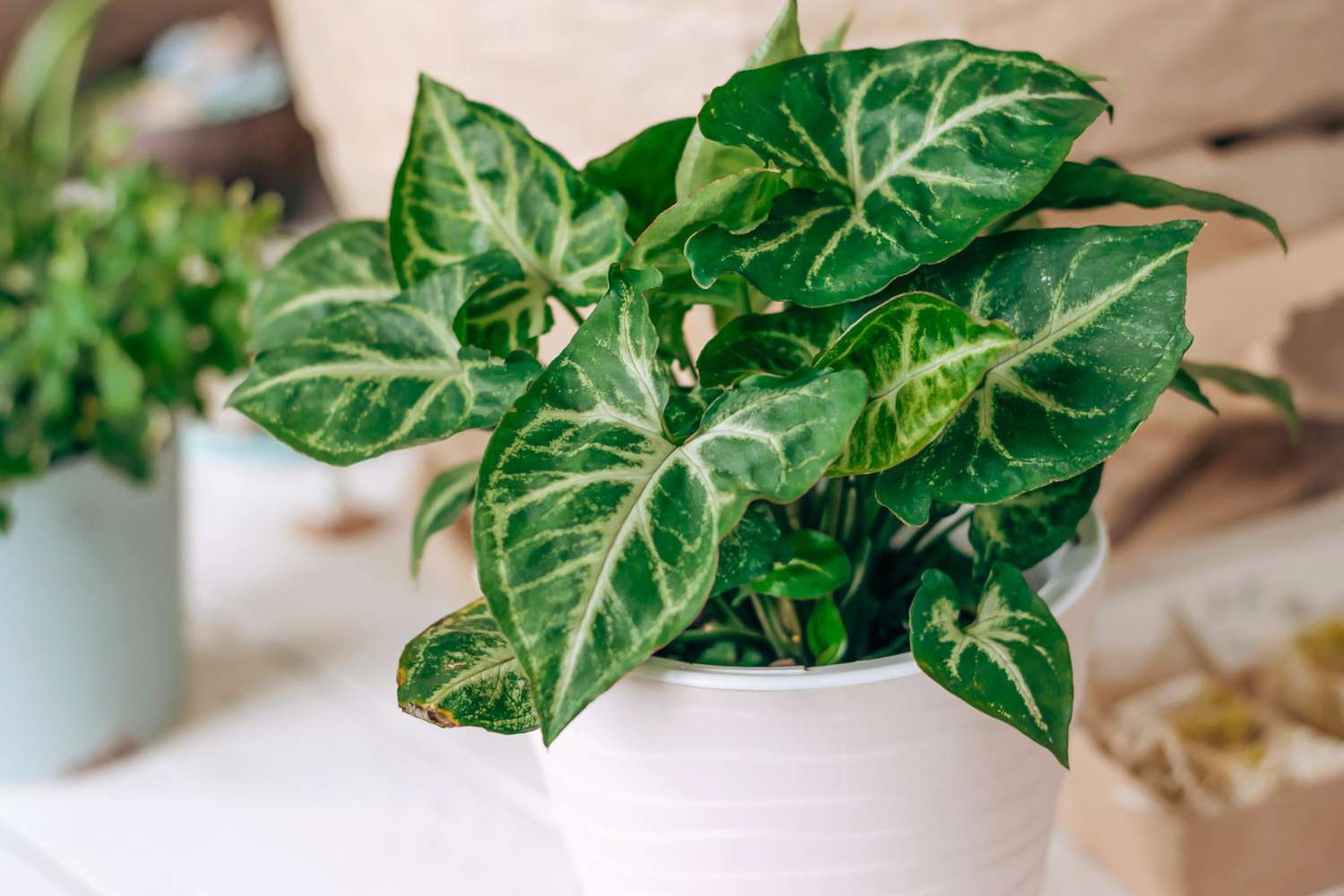
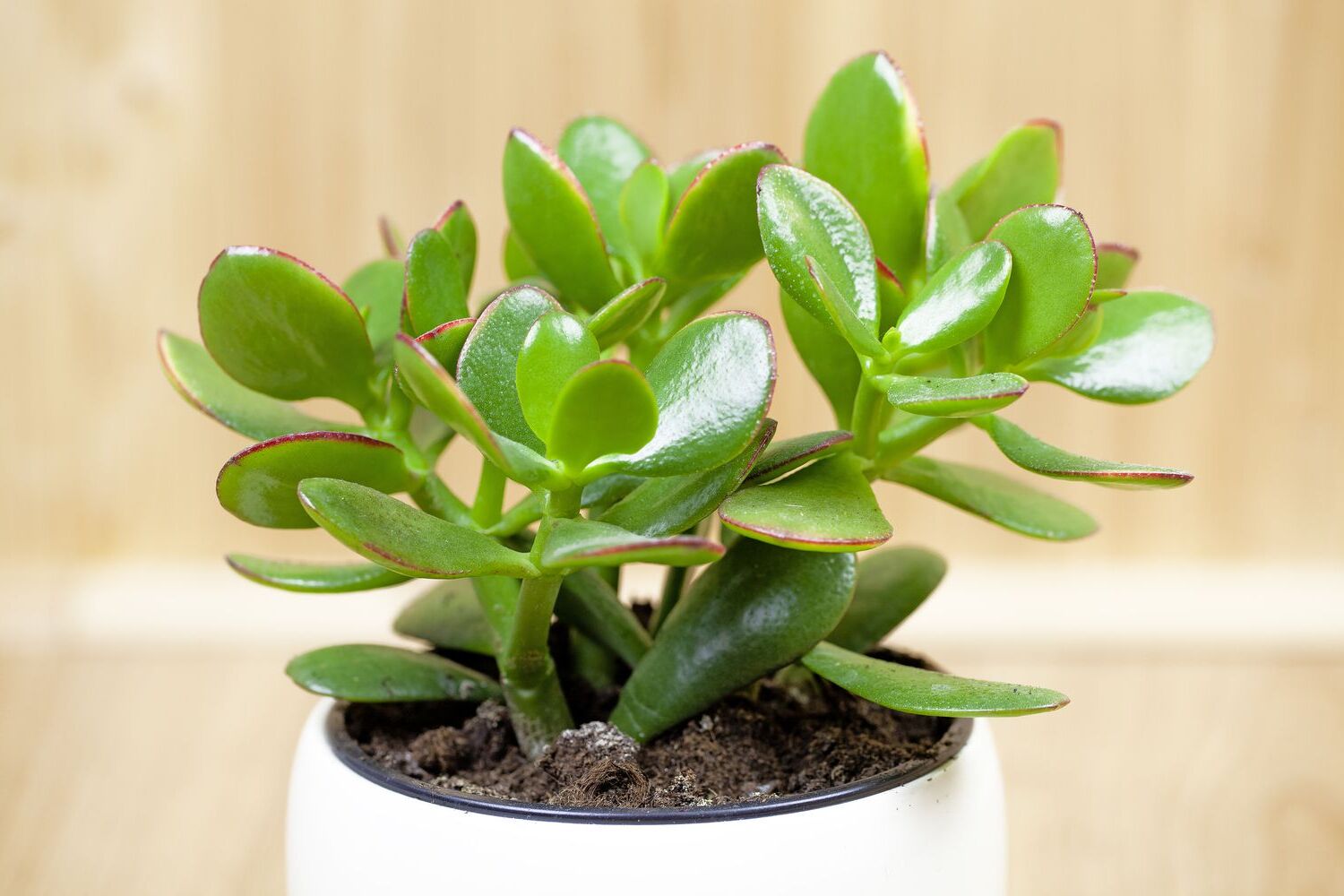
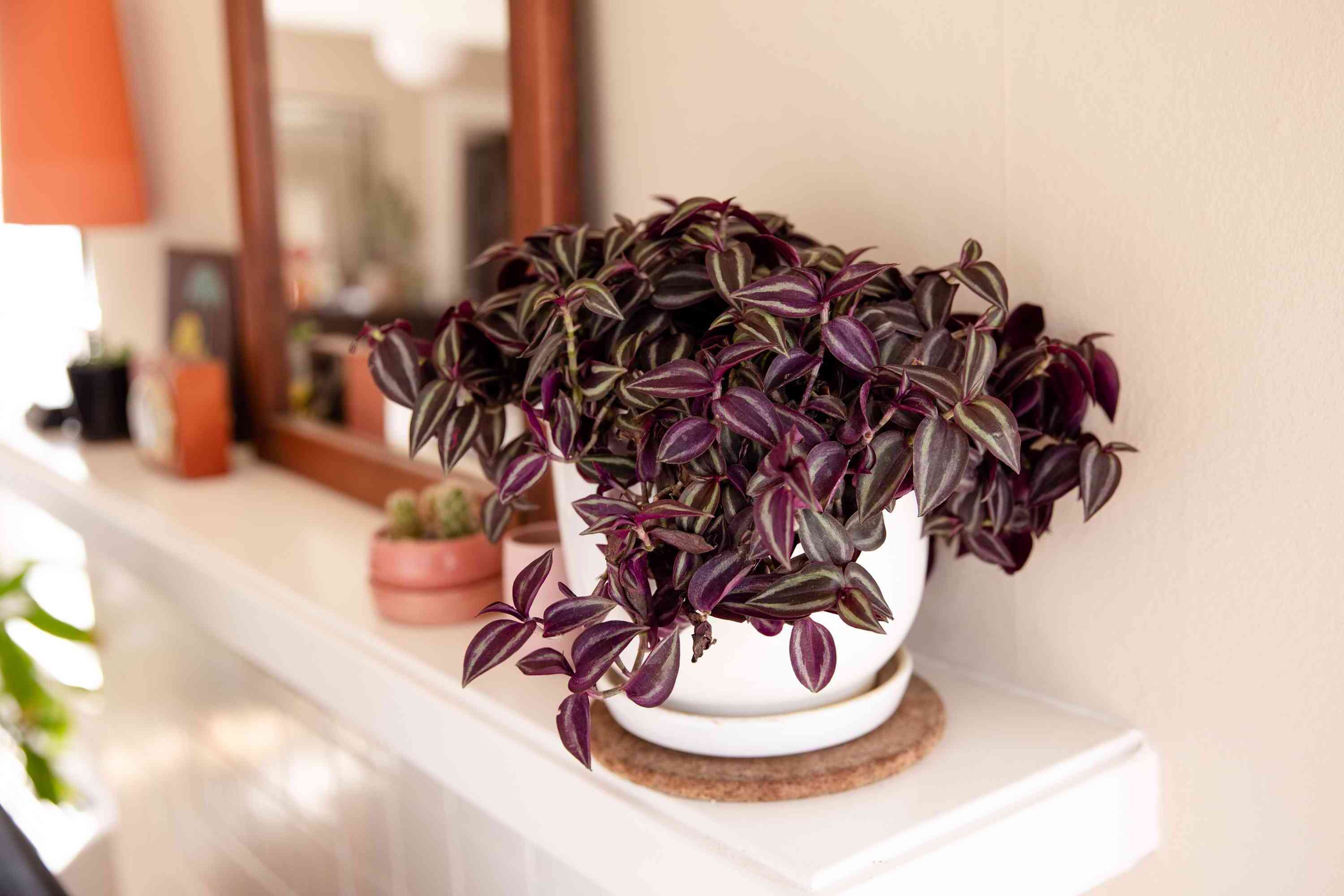
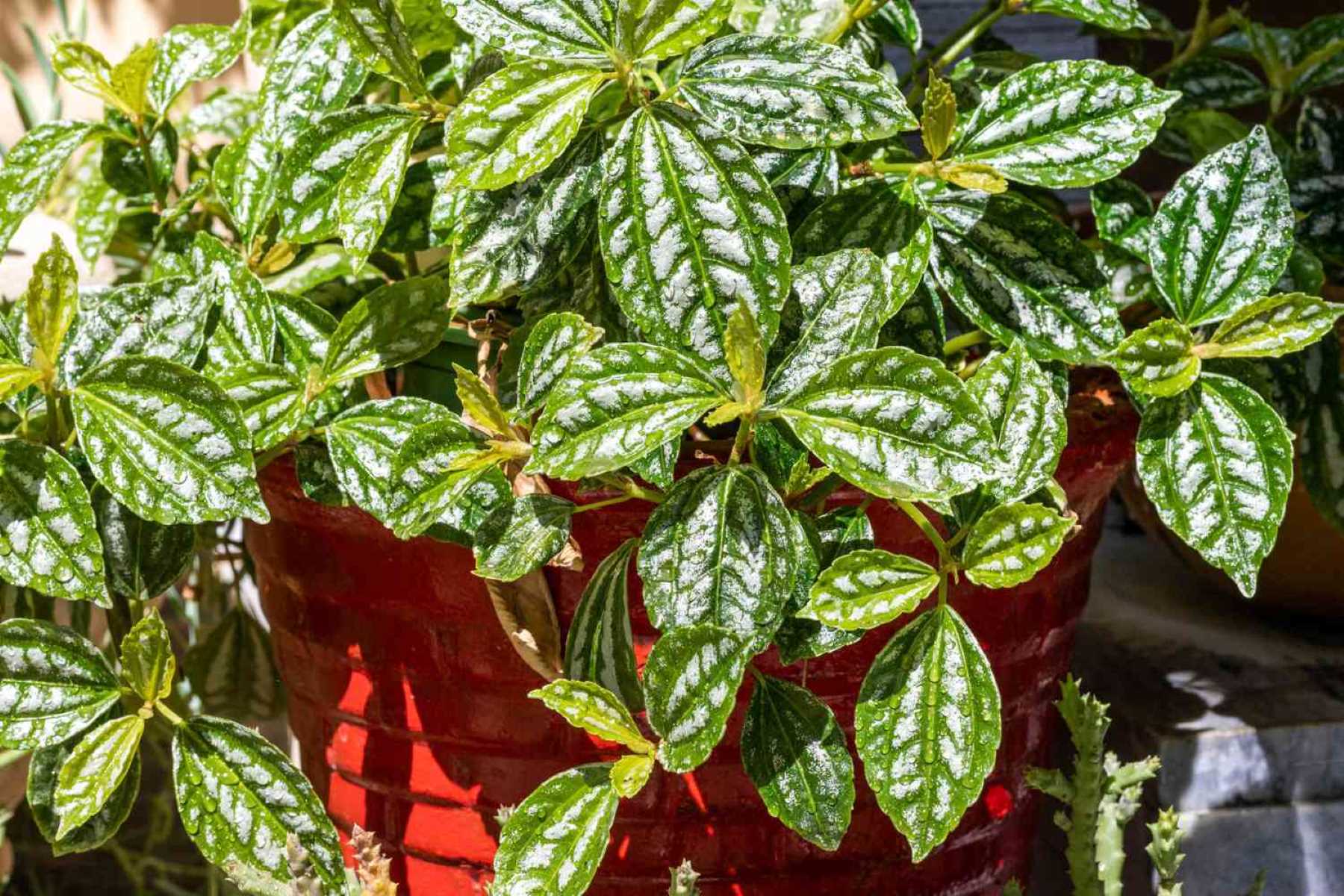
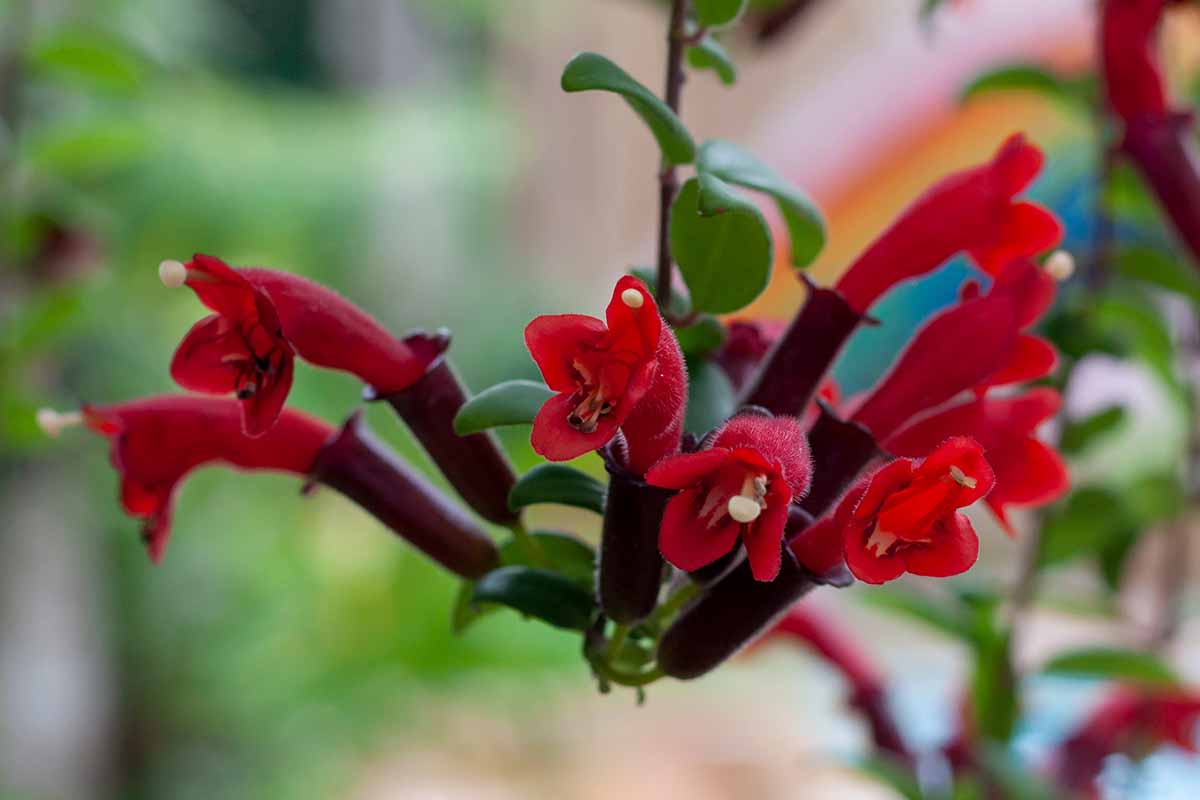
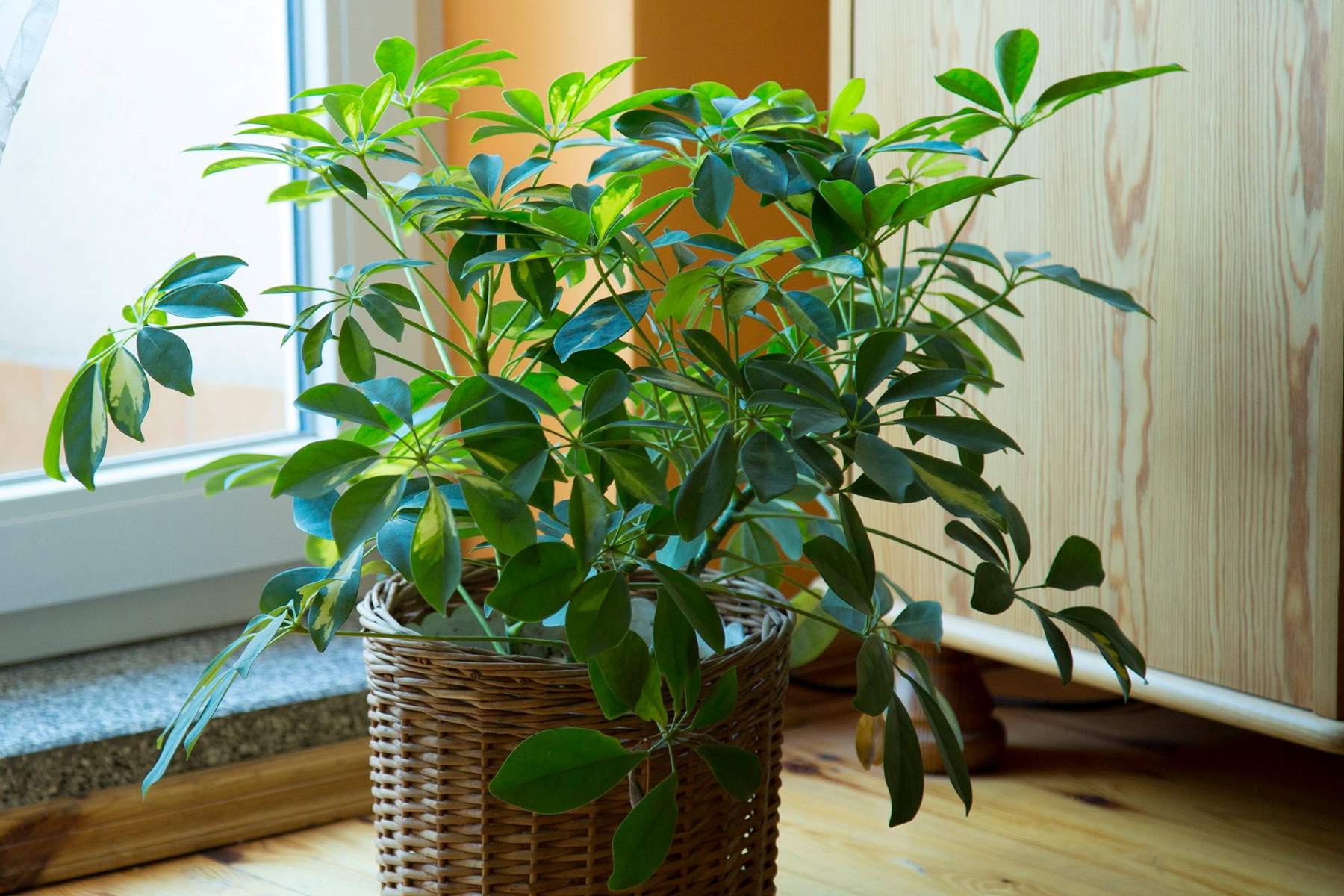
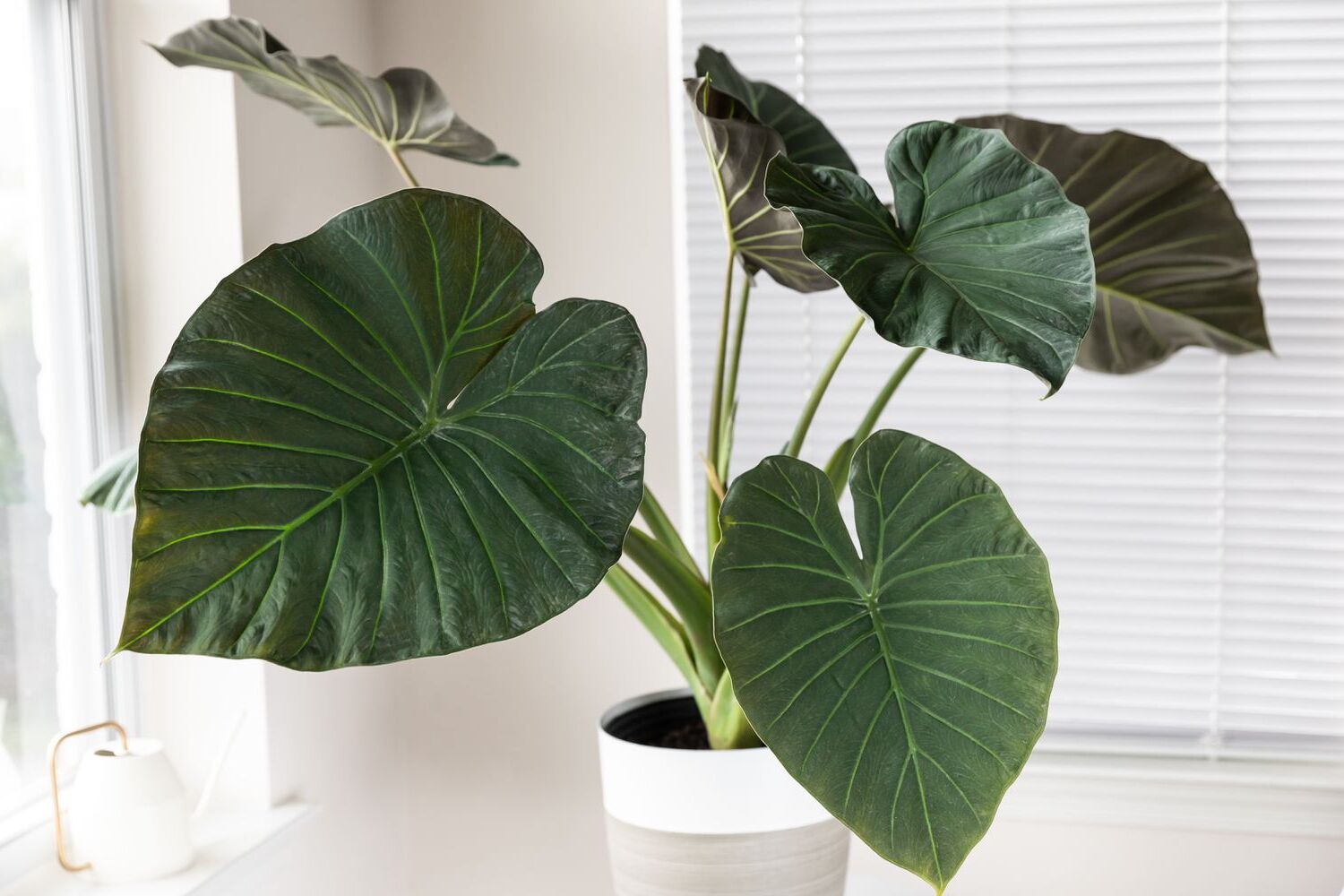
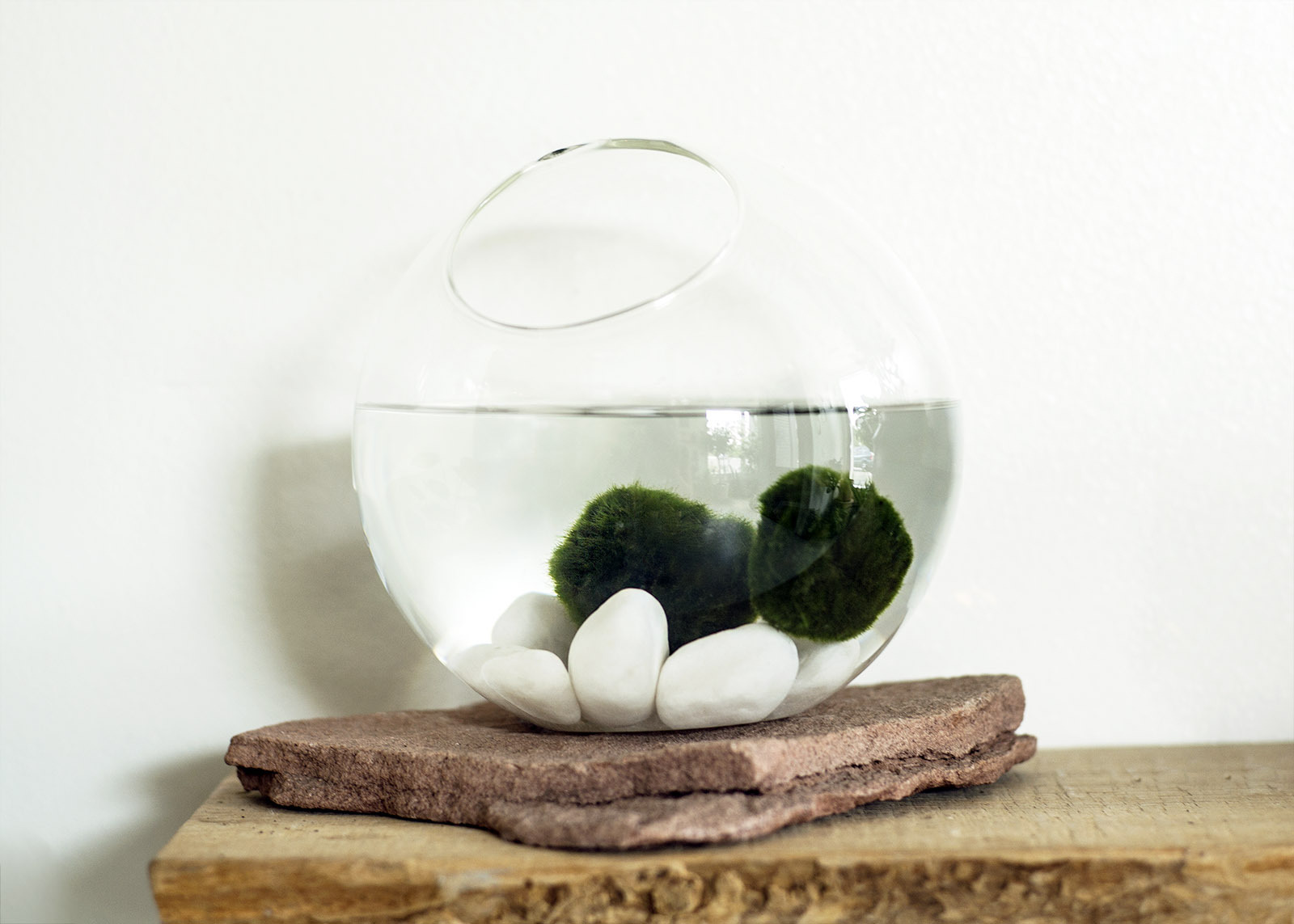
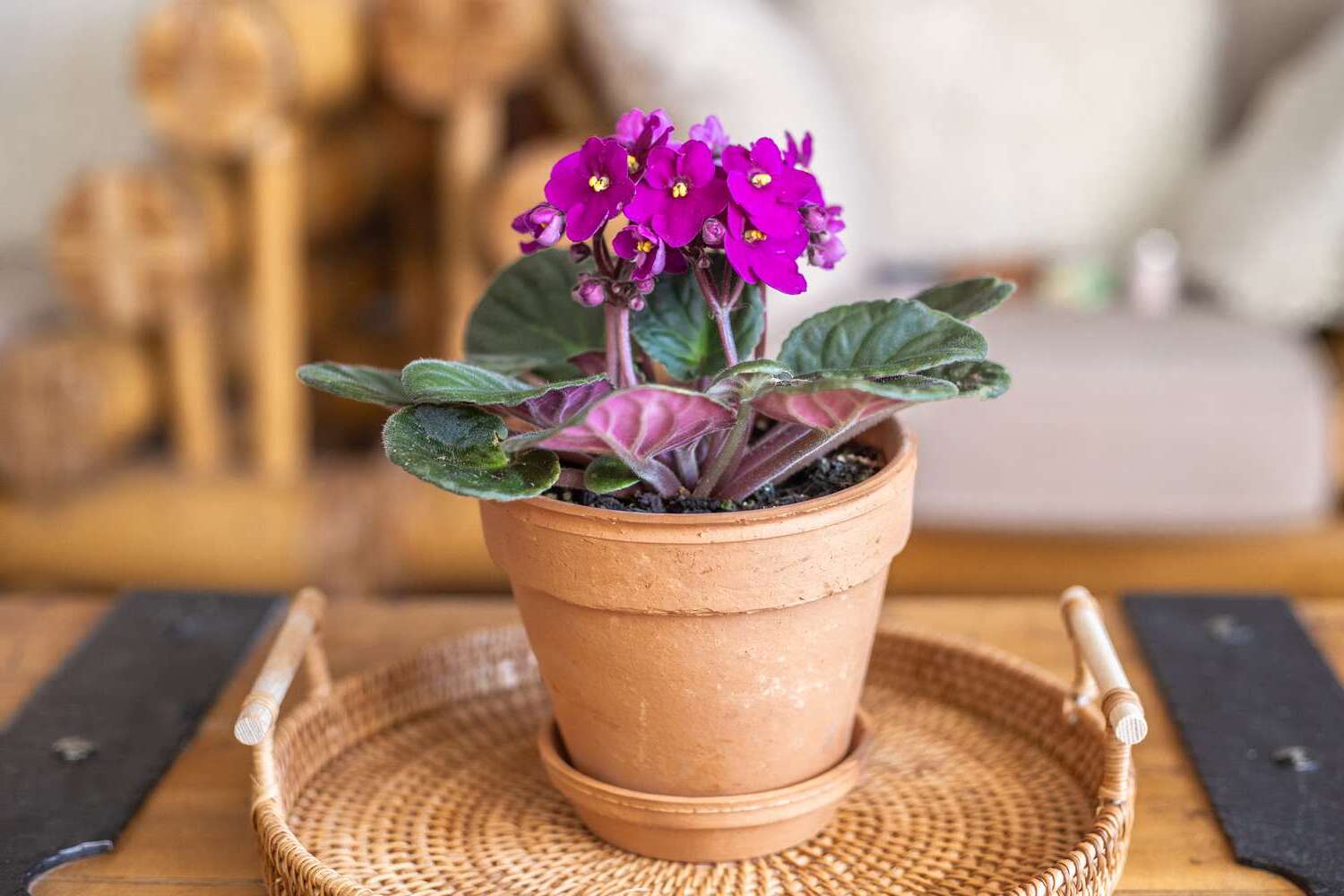
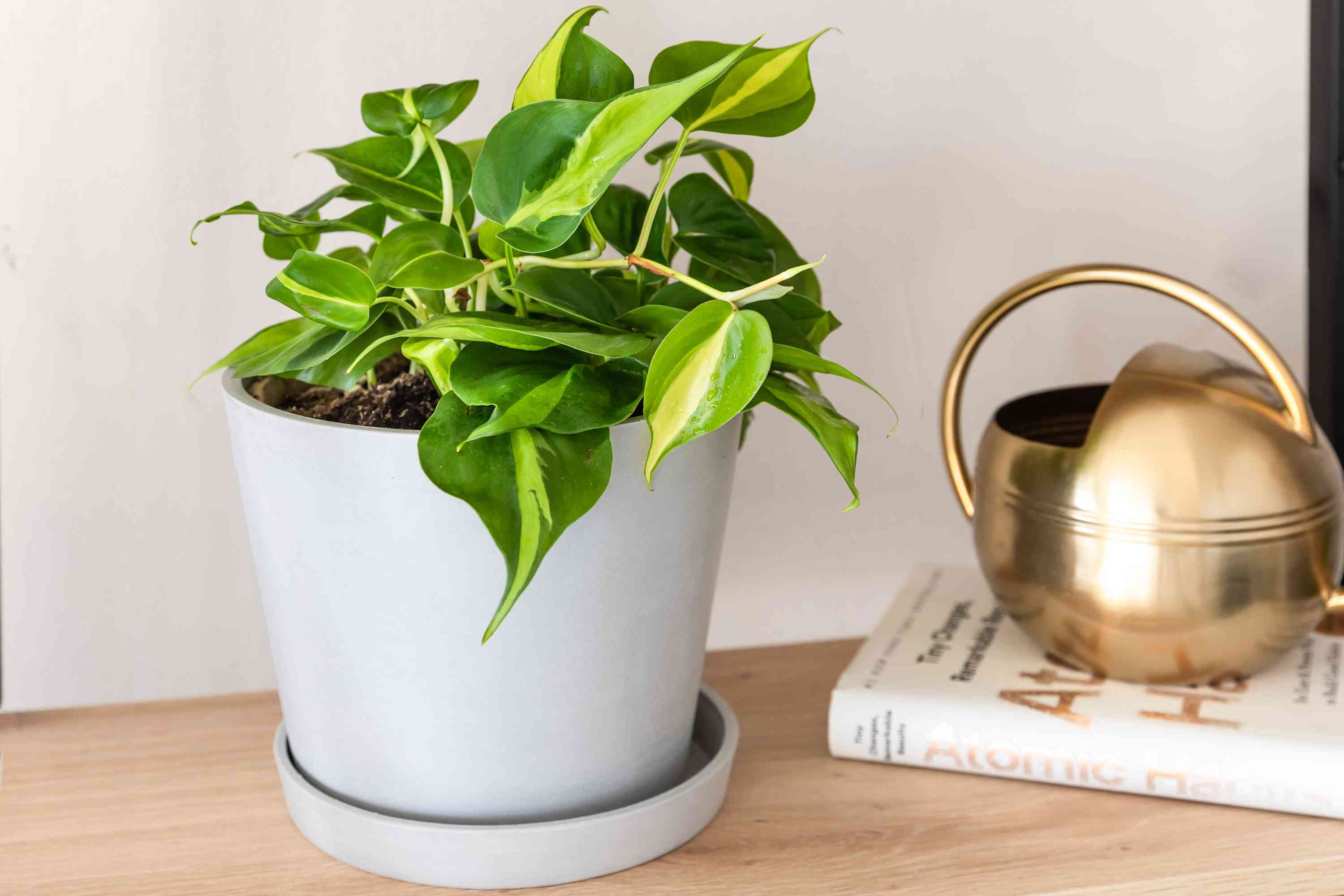

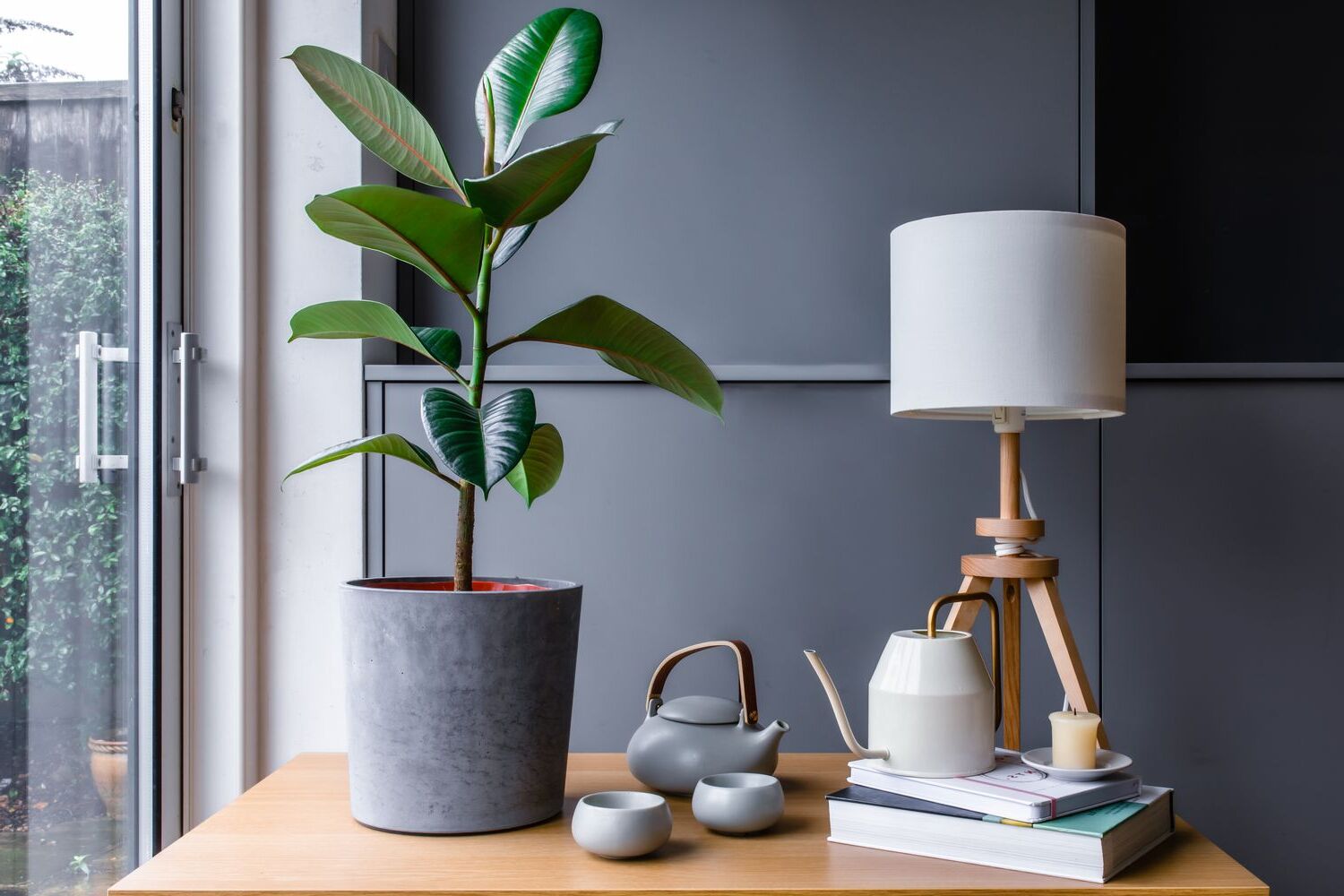

0 thoughts on “Indoor Dieffenbachia Propagation and Dumb Cane Plant Care”